Seoul's Dongdaemun Market
My third day in Seoul started off well by eating 탕수육 (tangsuyuk) and 짜장면 (Jjajangmyeon), two “Chinese-style” dishes that have been in Korean cuisine for so long that they barely taste anything Chinese (probably for the better).

You can reproduce these dishes at home thanks to Maangchi’s cookbook.
I then went to UFO-shaped 동대문 디자인 플라자 (Dongdaemun Design Plaza), a “multipurpose space that combines culture, experiences and shopping” (from VisitSeoul.net).
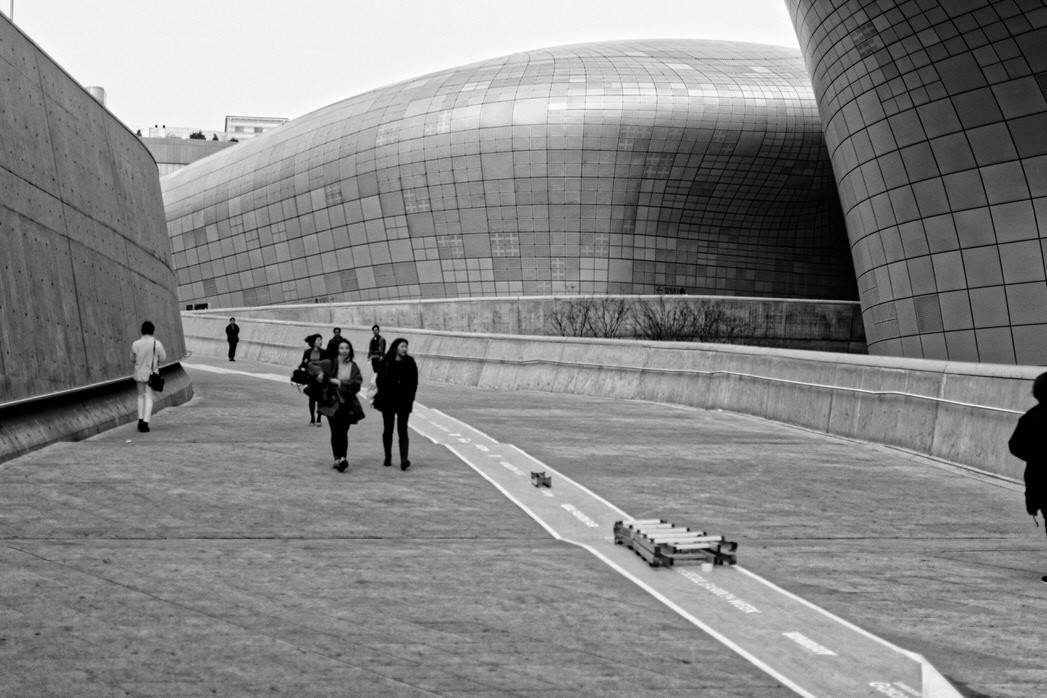
There, I met a friend who then took me to the 동대문시장 (Dongdaemun Market), a market that was created in 1905 and sells everything from clothes to food at very affordable prices.
To go to the market, we walked along 청계천 (Cheonggyecheon), a river that enjoyed much urban development on its banks to foster tourism and bring back nature in the middle of Seoul. In that sense, it was my second reconnection with nature of my trip to Korea, the first one being Jeju Island…
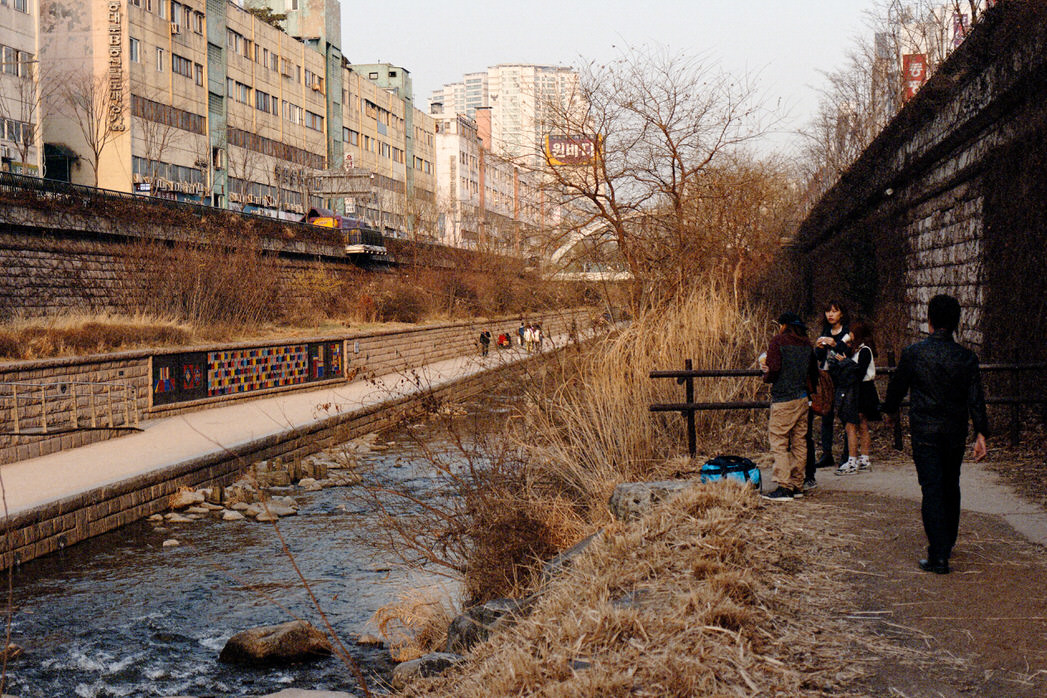
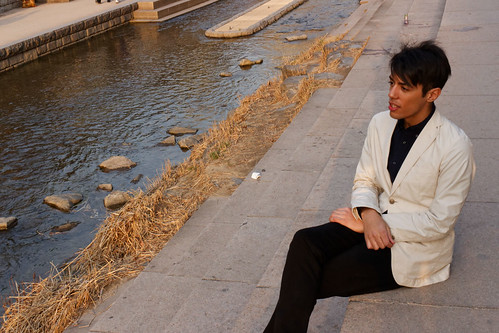
On the way, I had an irrepressible need to go to the restrooms, so I stopped in a sort of mini mall in a back alley.

I followed the signs for the restrooms, but I ended up in something more akin to a mafia den…
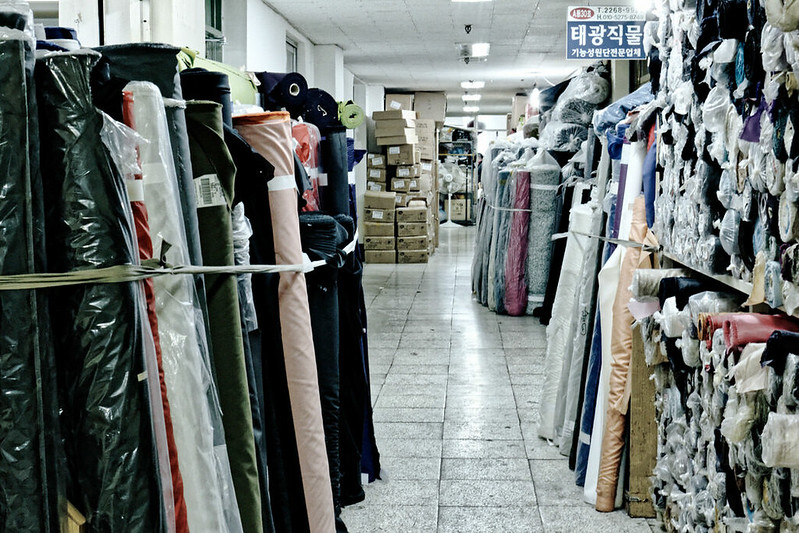
After the restroom break, we finally reached the market. We spent most time in its food alley (먹자골목, meokjagolmok, in Korean), which is really something to see if you come from a Western country. There, people eat either in traditional restaurants (located on the sides) or around small booths with the cook preparing the food in the middle; that way, people can go from booths to booths and sample the wide variety of delicacies that the market has to offer.
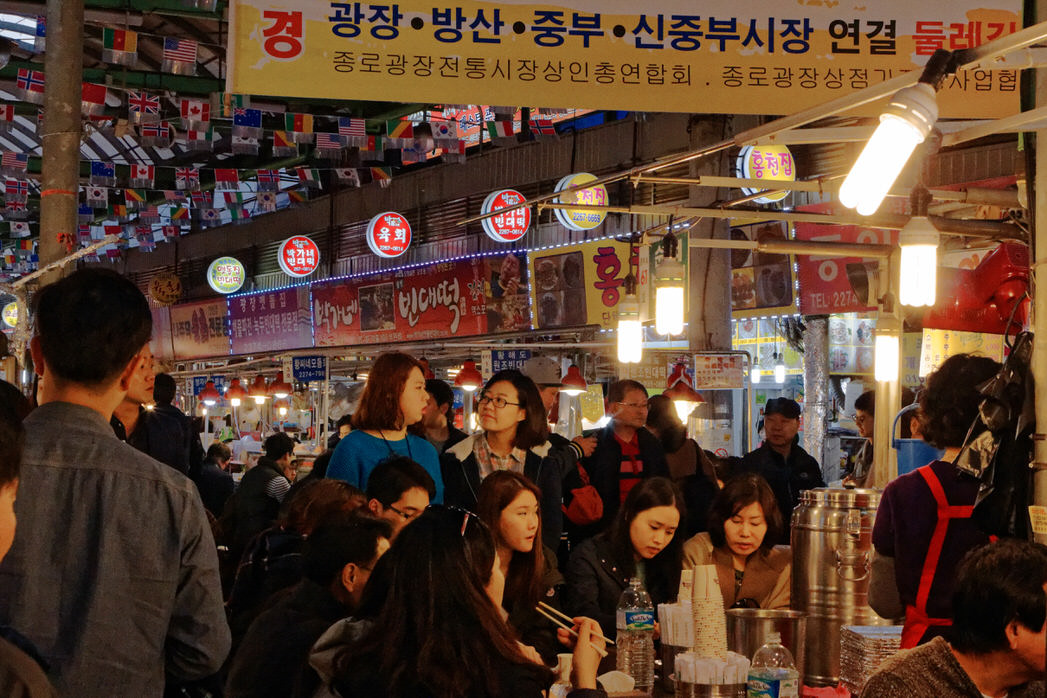
The market is gigantic, so it is probably better to go with somebody who has been there before to not get lost. There, I ate 마약김밥, or “drug kimbap”; the name comes from its addicting properties that will make you want to eat until you pass out (hallucinations not included). Of course, I paired it with 막걸리 (Makkeolli), a rice alcohol superior to beer in all its aspects.
I then explored 명동, the trendy fashion district. Somehow street vendors thought I was Chinese (it happens to me more often than it should) and tried to convince me—in Chinese—to buy something. Amusingly, they seem proficient in Chinese but cannot speak more than three words of English, leading to some interesting interactions with hand gestures.

While I did not buy any clothes or bags, I did try some of the street food, such as 회오리감자 (Tornado potato), and 호떡 (hotteok).
In conclusion, visiting all these places requires an appetite, so skipping breakfast and lunch before heading there is probably a great idea!
Thanks for reading! More pictures and stories of my trip to Korea are available on this blog (Day 1 in Jeju, Day 2 in Jeju, Day 1 in Seoul, Day 2 in Seoul). Also, make sure to like the Facebook page to receive updates!
Place: Seoul

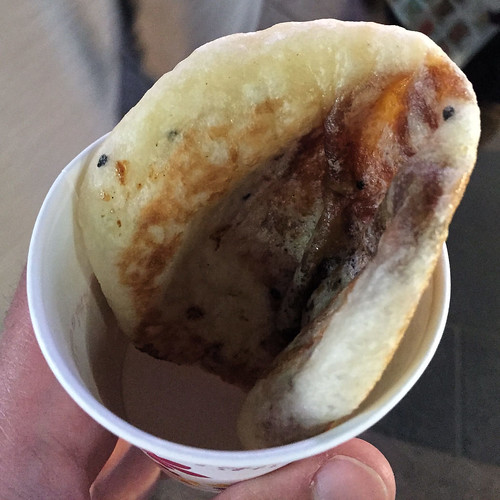
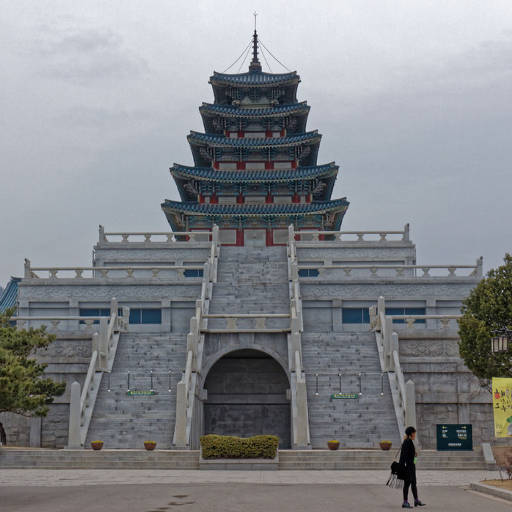


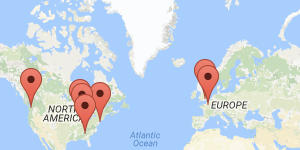 Explore the blog by places!
Explore the blog by places!